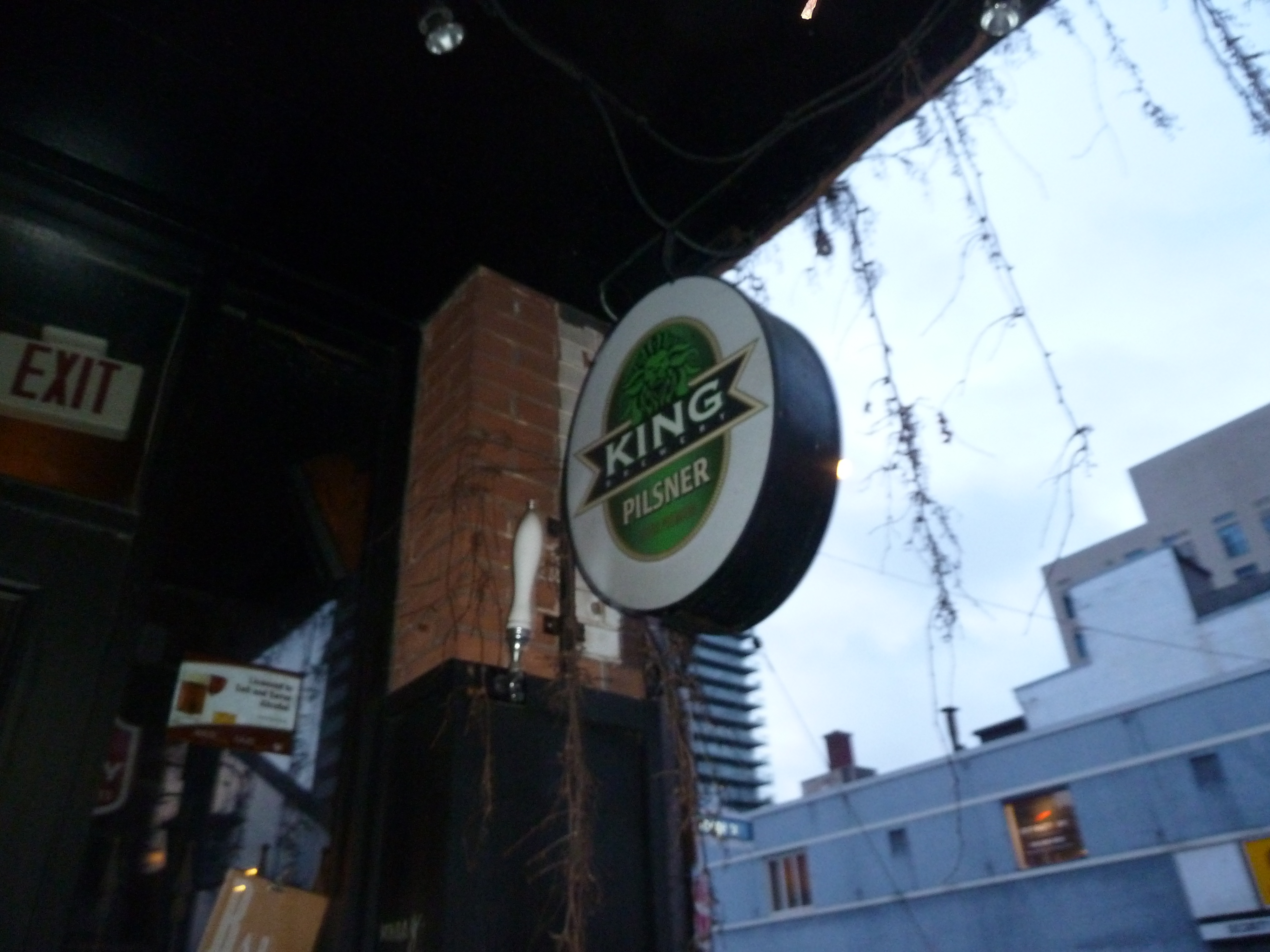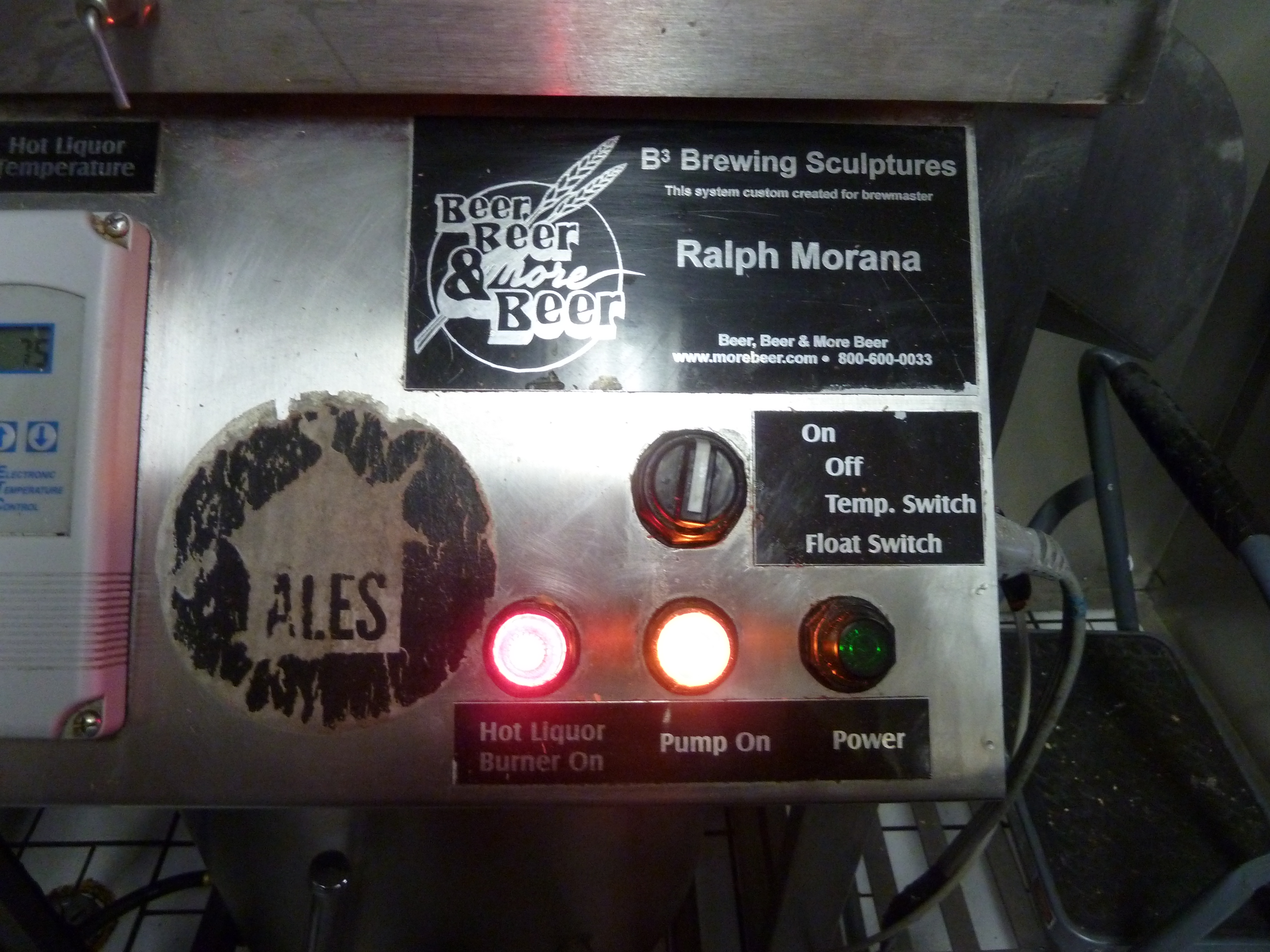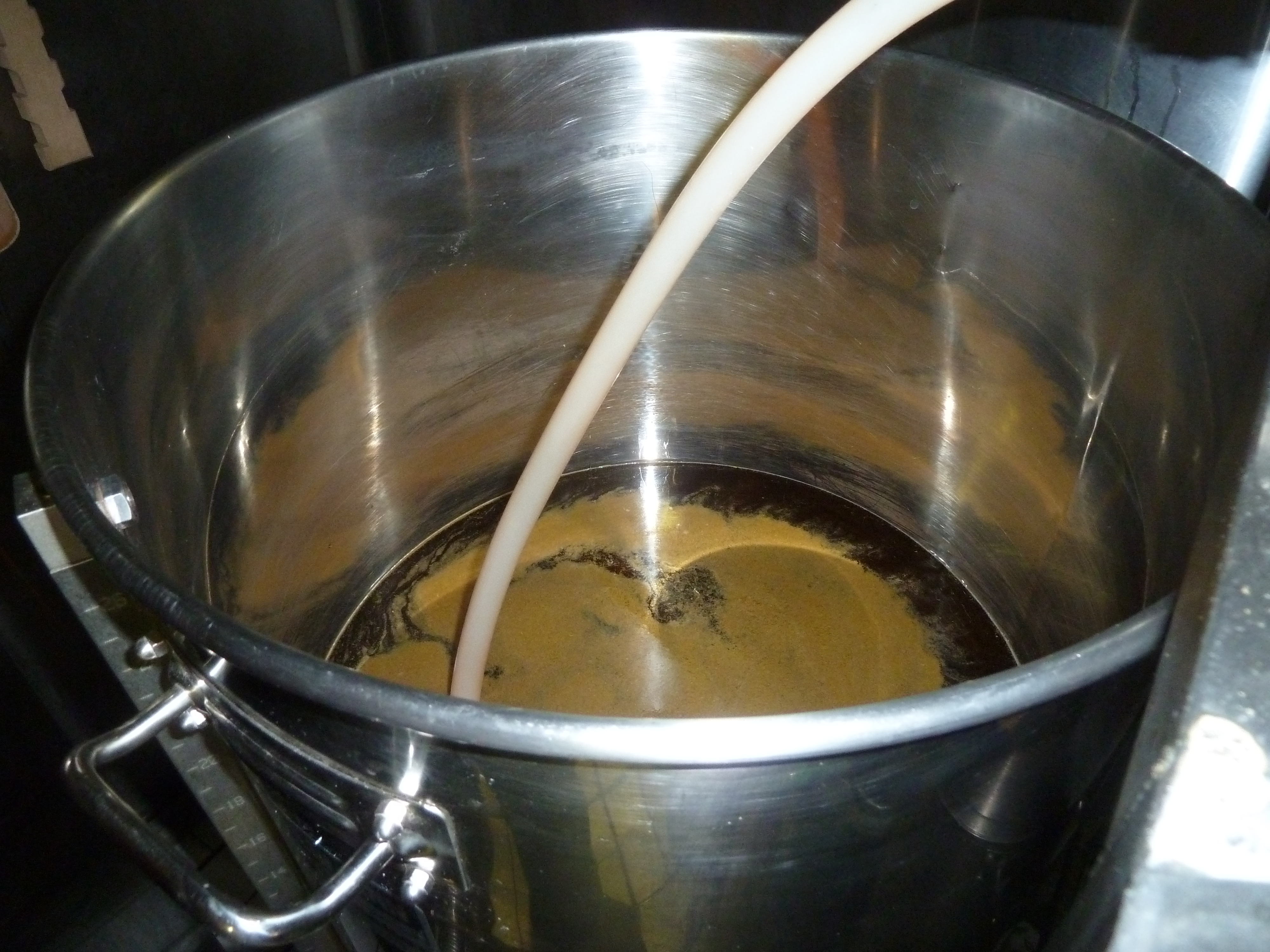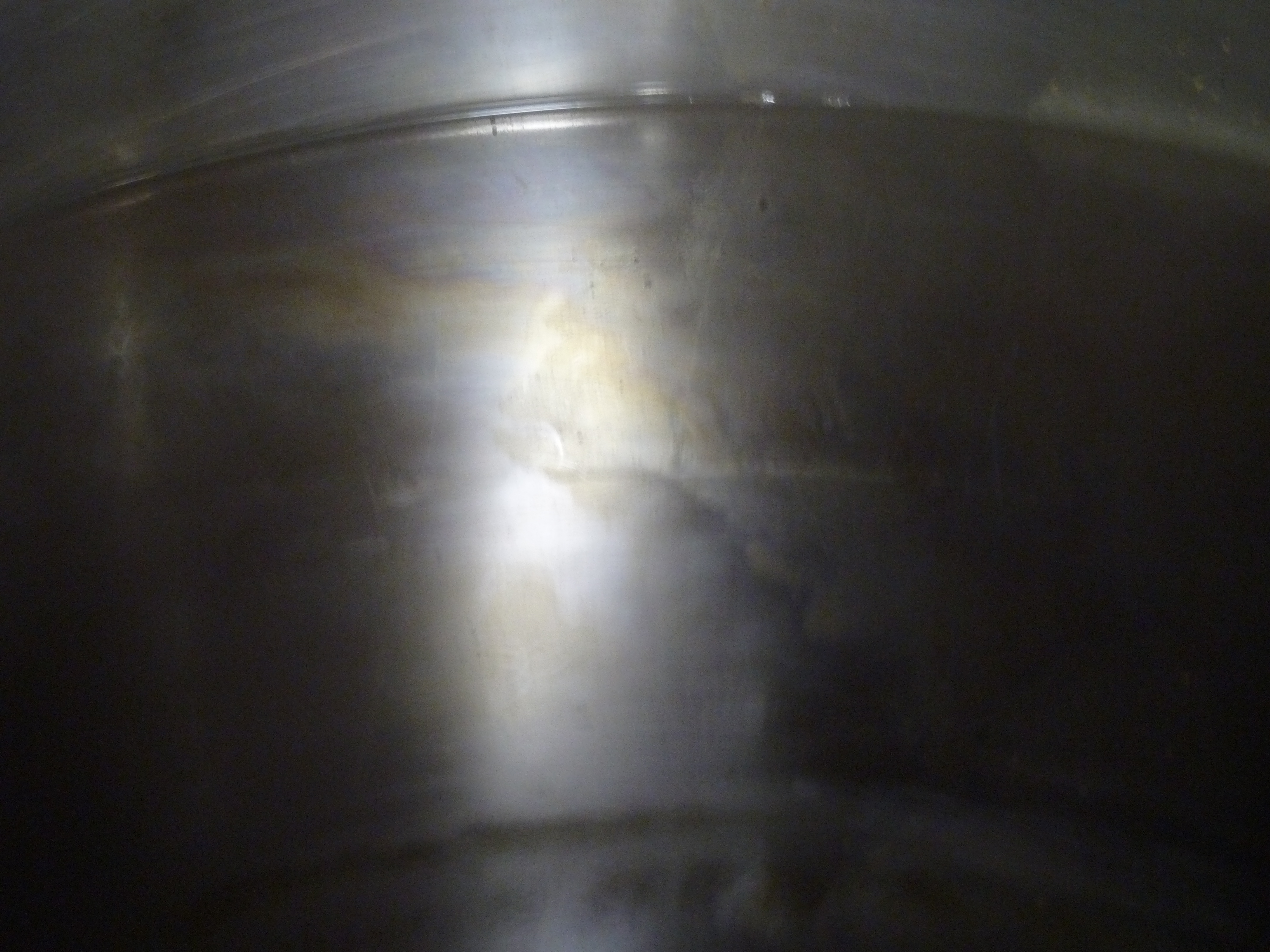Before I started writing about beer, I worked a job at a publishing company. It was not a particularly fulfilling job, but one of the perks that it had was location. It was located right down the street from Bar Volo. I suppose that at this point, I’ve probably been going to Volo off and on for about five years, and it’s amazing to see how much the place has changed in that time. They’ve started an import agency with Keep6imports. Their annual Cask Days event has become large enough that it now has to be held at an alternate site. They’ve even branded their on-site nanobrewery as House Ales.
Consider for a moment that this is a pub that has evolved to the point where it requires four websites to keep everyone up to date with their activities. When I started going there, they barely had one.
I don’t know if it’s because I was a regular there for a long time, but every beer that I’ve brewed as a collaboration has somehow ended up on tap at Volo. There were the Lazarus Breakfast Stout and Imperial Element, which were collaborations with Mike Lackey at Great Lakes. There was the Manitou Sumac Saison, which was a collaboration with Paul Dickey.
It’s kind of a kick having your beer served at the best beer bar in the country. That’s what Volo is, according to ratebeer. For some brewers, I suspect that being on tap at Volo is just another day at the office. After all, when you’re producing thousands of hectoliters a year, it must be pretty hard to get excited about where it’s going to be served. At that point, the main priority has to be moving a lot of whatever that beer is. In my case, since the biggest batch I’ve managed so far is something like a hundred litres, it’s exciting.
I was at Volo on the first brew day with the Blichmann system, and I’ve watched them develop as a brewery. Some of the beers have been really good and some of them have been less good. It’s like that when you’re experimenting with small batch recipes, especially during the first year. They’ve now gotten to the point where they’ve got a couple of brewers in Jason Tremblay and Jon Hodd.
The thing that I like most about House Ales is that there’s some conceptual continuity. I suspect that the Hip-Hop series of beers that they’ve done is mostly there because of Tomas and Giulian Morana’s tastes in music. It doesn’t seem like Ralph would have come up with RUN E.S.B. or NOTORIOUS I.P.A.
I’m very lucky because I don’t currently have any constraints to my creative process in terms of brewing. For that reason, I get to come up with an idea for a beer and then make it work. It doesn’t have to be marketable, since there’s not going to be a lot of it. It just has to be tasty.
In this case, I knew that I wanted to design something that related to the Hip-Hop series that House Ales does. I figure that if you’re going to play on someone else’s turf, you ought at least to follow their rules. I also knew that rather than just giving the beer a Hip-Hop pun as a name, I wanted to come up with something that was conceptually valid and would carry through into the flavour. As it turns out there aren’t a whole lot of ways you can go conceptually.
I suppose that you could probably make a beer with just a whole lot of a really resin-y Simcoe hops for that authentic bong rip flavour and call it The Chronic. I don’t know. My lack of fluency in the genre really limited my ability to play. Eventually I settled on Gin and Juice for two reasons
1) Because I like G-funk.
2) It was pretty much the only thing I could think of that would translate.
I figured that if you’re going to make a beer called Gin and Juice, both of those elements need to be right up front. You’re going to need a lot of citrus and tropical fruit flavours out of the hops, which more or less means that you have to use a lot of late additions for aroma. The most fruit flavour I’d seen out of a hop recently was from Nelson Sauvin and Galaxy, so the recipe initially called for those, with some cascade for citrus specifically. While we had to alter the ingredients on the brew day, Jason Tremblay had some really good ideas for substitutions.
The Gin part is a bit trickier. Since gin gets most of its flavour from juniper berries, that’s pretty much what you’re going to have to use in order to get that flavour. I suppose that you could probably throw them in as an aroma component around five minutes from the end of the boil, and that would definitely give you some flavour. The problem is knowing how much flavour it might give you. In a batch of about 85 liters, how much juniper do you want to use? Also, how are the juniper berries going to interact with the hops? Once it’s in there, you can’t take it out. In the end, we decided that it would be better to go with putting the berries in the secondary fermenter.
I don’t know exactly what it’s going to taste like, but it’s sure as heck going to be interesting. Probably it will be on tap at Volo towards the end of March. Thanks go to Ralph Morana for letting me use his equipment and Jason Tremblay for making sure I didn’t set anything on fire.




Maybe Ralph could do a Puccini Porter along with a nice barley wine and call it Verdi’s Requiem?
Why not go all the way and do a cycle of Wagnerian beers?
Nice post and nice idea. It’s refreshing to see some thought behind coming up with a recipe. I am interested to see how this turns out. Inspired by Rogues Juniper Pale ale and my appreciation for gin, I tried a go at my own juniper pale ale and also decided to add the berries in the secondary. Did you use fresh berries or dry? I only could find dry, so I figured what the hell and soaked them in some gin overnight before adding them (I drained the gin out before). For a 5 gallon (19 liters?) batch, I used 2oz (60ml?) of berries. In the end, the juniper was still very subtle and hard to recognize if you weren’t looking for it. Still drinkable, just not super juniper/gin-y. Maybe something like a gin and tonic would work, though who knows what adding quinine to a barley based beverage would taste like..
We’re using dry berries, and similar to your method, we’re soaking them in gin. The secret, apparently, is to crush the dry berries before you put them into the gin, since a lot of the flavour is on the inside of the berry. We’re betting that the thing to do is use about 2oz of dry berries, but to add the gin to the mix in the secondary, since it will have leeched out a lot of the flavour from the berries. It’s not a lot of gin, so it will likely not have an appreciable impact on the alcohol content, but it will provide flavour.
According to the comic novelist Tom Sharpe, a mix of gin and beer is called a Dog’s Nose. I think this is from either Porterhouse Blue or Grantchester Grind. In this case, it’ll be a Dogg’s Nose.
You can also just toss in fresh juniper boughs during your whirlpool – that essentially how you make sahti, although, I suppose getting quantities is the tough part. I find that juniper fades a bit so you don’t really need to take it all that easy on the berries part – especially with the hops also contributing a fruity component. Looking forward to trying this one.
I had read that somewhere when I was doing research. The problem is finding juniper boughs that someone won’t mind me hacking up. It would be a neat experiment, but not something you necessarily want to serve to the public.